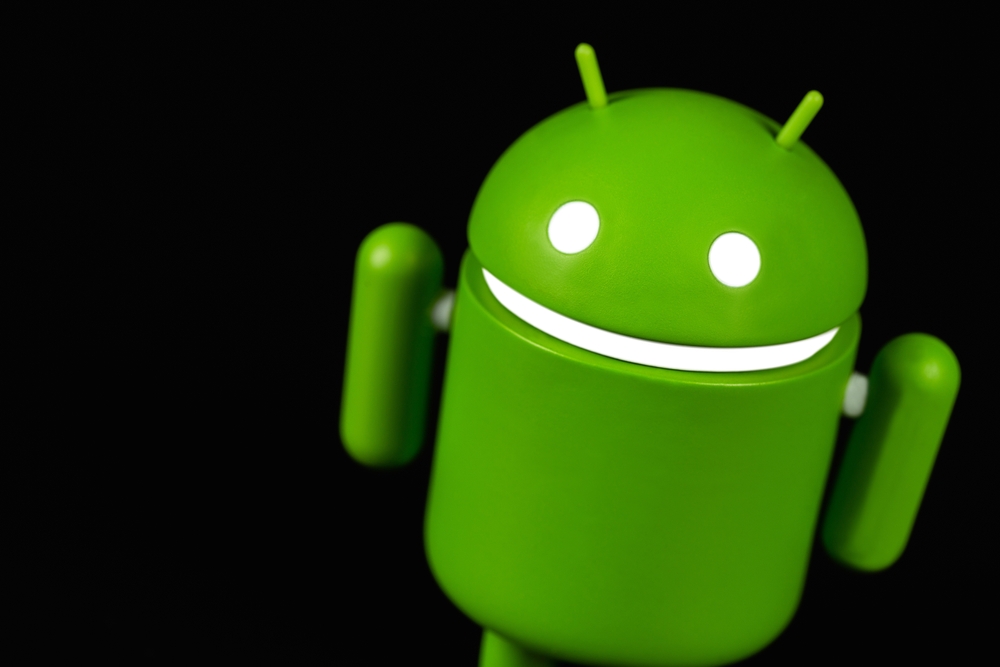Even though Google is already testing Android 16 and Samsung has started rolling out One UI 7 based on Android 15, most users are still using older versions of the system. Fresh data found in Android Studio shows that the new OS is lagging behind even last year’s Android 14 in terms of installations.
While official Android adoption statistics are not published as often as before, Google uploads operating system installation data to the Android Studio development environment several times a month. The latest data shows that Android 15 is installed on less than 5% of devices, while Android 14 continues to dominate, Android Authority reports.

In July 2024, Android 14 occupied about 13% of the market, but its share has grown significantly since then. This is due to the delay in the release of Android 15 and the slow distribution of the update to existing devices. In comparison, Android 13 and older versions still occupy a significant part of the market.
Global statistics are based on Google Play Store data for the week. The analysis shows that Android 15 is not only lagging behind Android 14 at the same stage of development, but is also spreading much more slowly. At the same time, the share of Android 14 installations has increased sharply, which may be a direct consequence of the delay in the release of the new version. We’ll keep you updated as Android 15 adoption progresses in the coming months.
Manufacturer Policies Impacting Update Speed
Experts also attribute the slow spread of Android 15 to the update policy of manufacturers, notes NIX Solutions. For example, Samsung, which occupies the largest market share, has only just begun to implement an updated version of the proprietary One UI 7 shell (a user interface that is built on top of “pure” Android). This means that the mass transition to Android 15 may not begin until the summer of 2025.
As a result of the change in the OS development cycle and the slowdown in the distribution of new versions, Android 14, according to analysts, may retain its leadership for several more years—even after the release of the stable version of Android 16.
